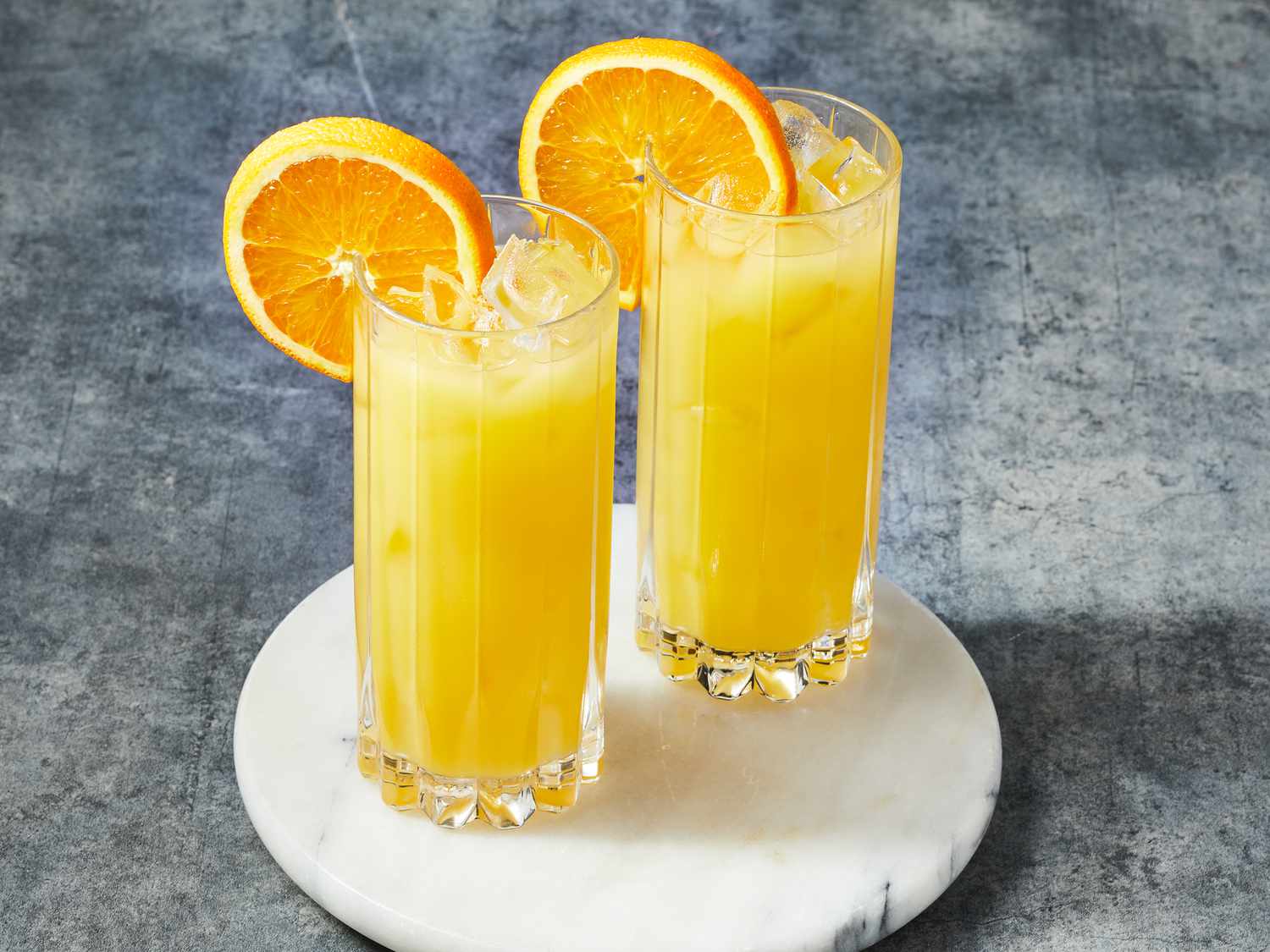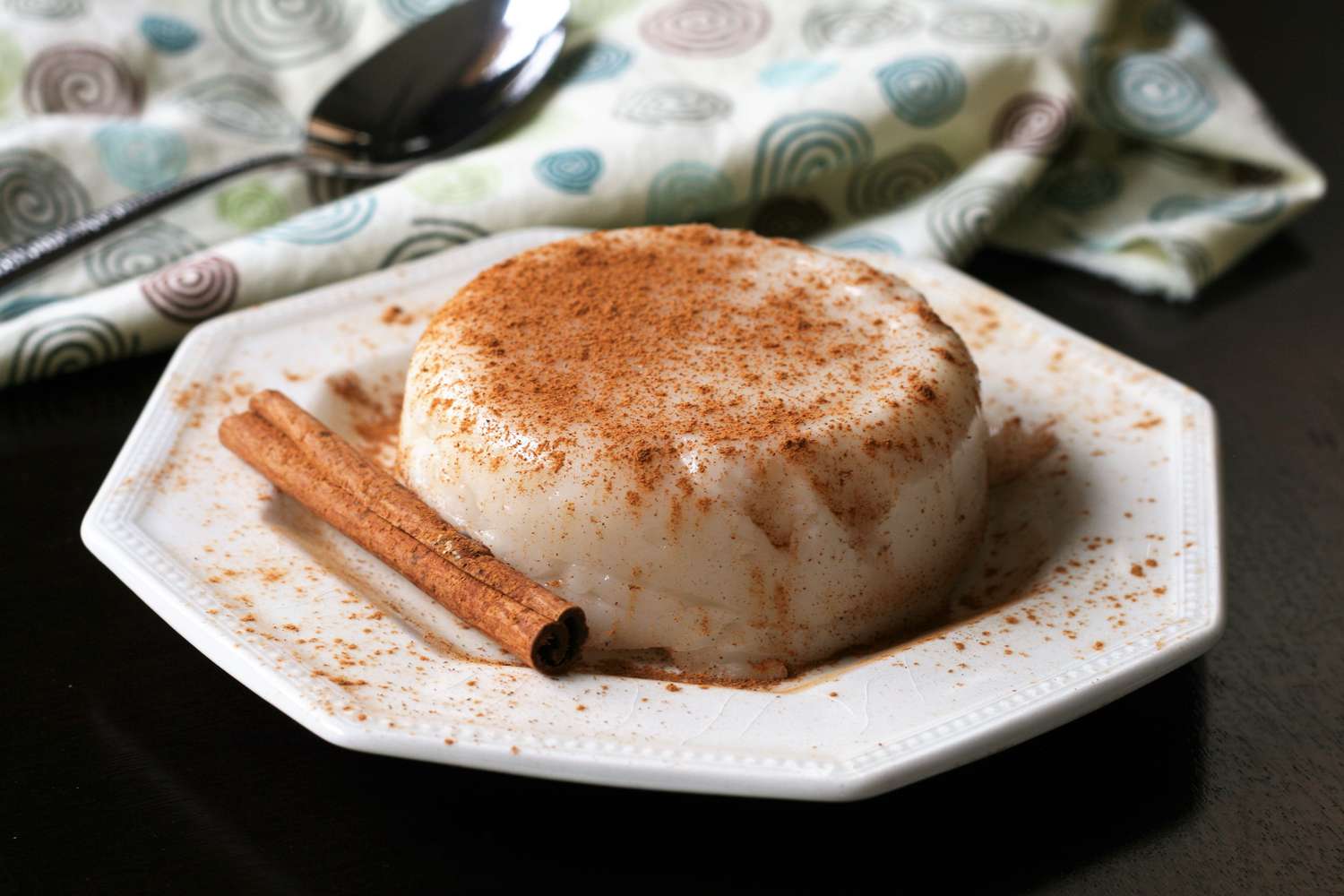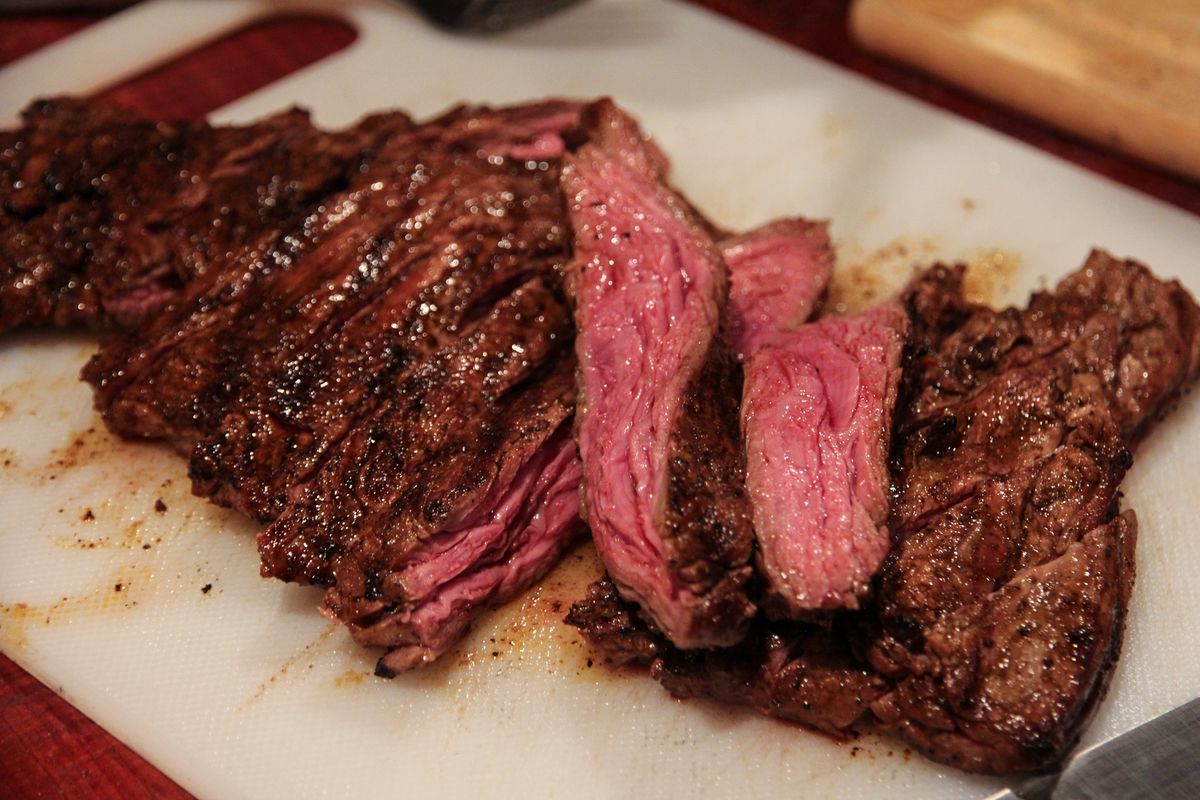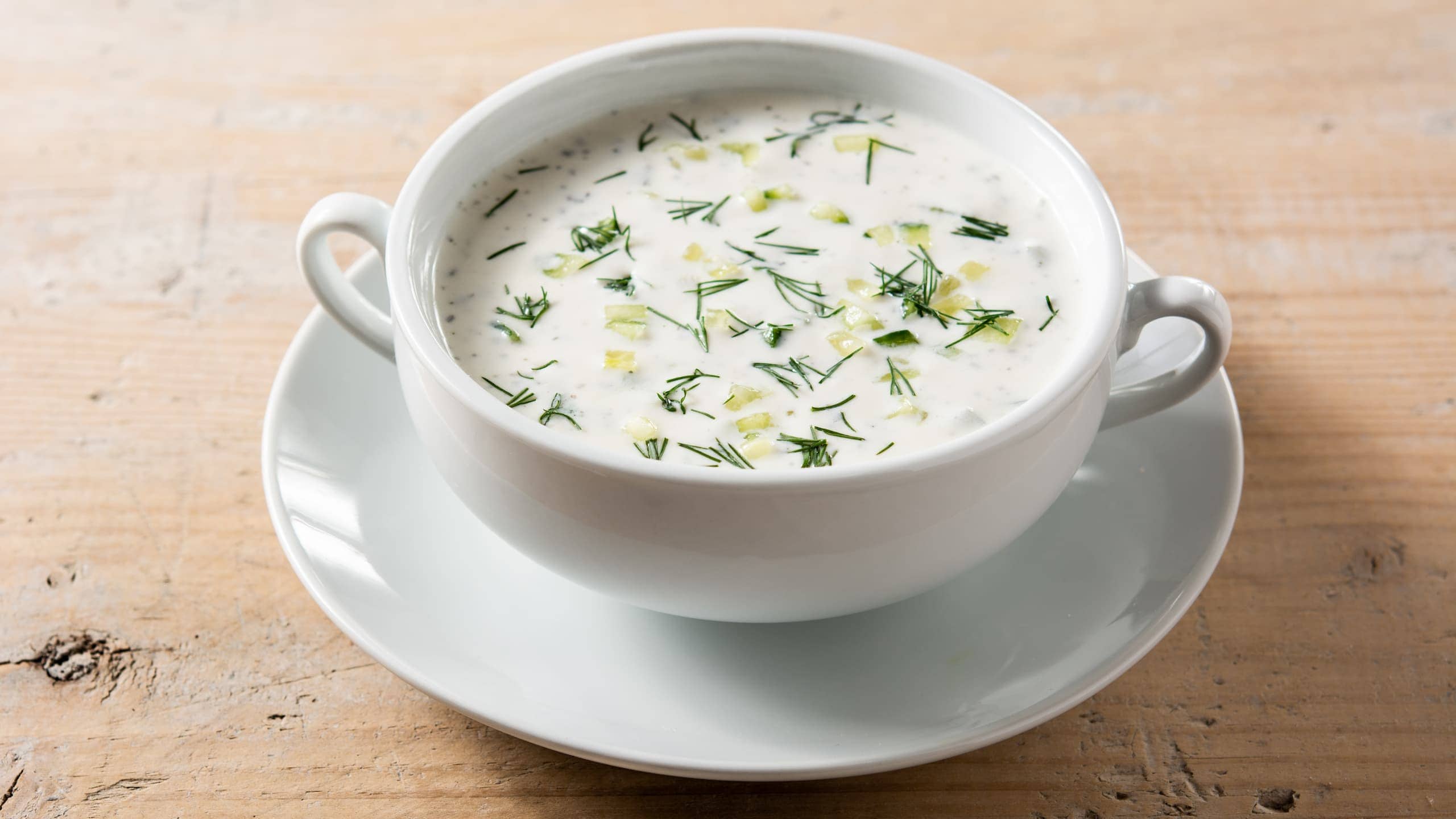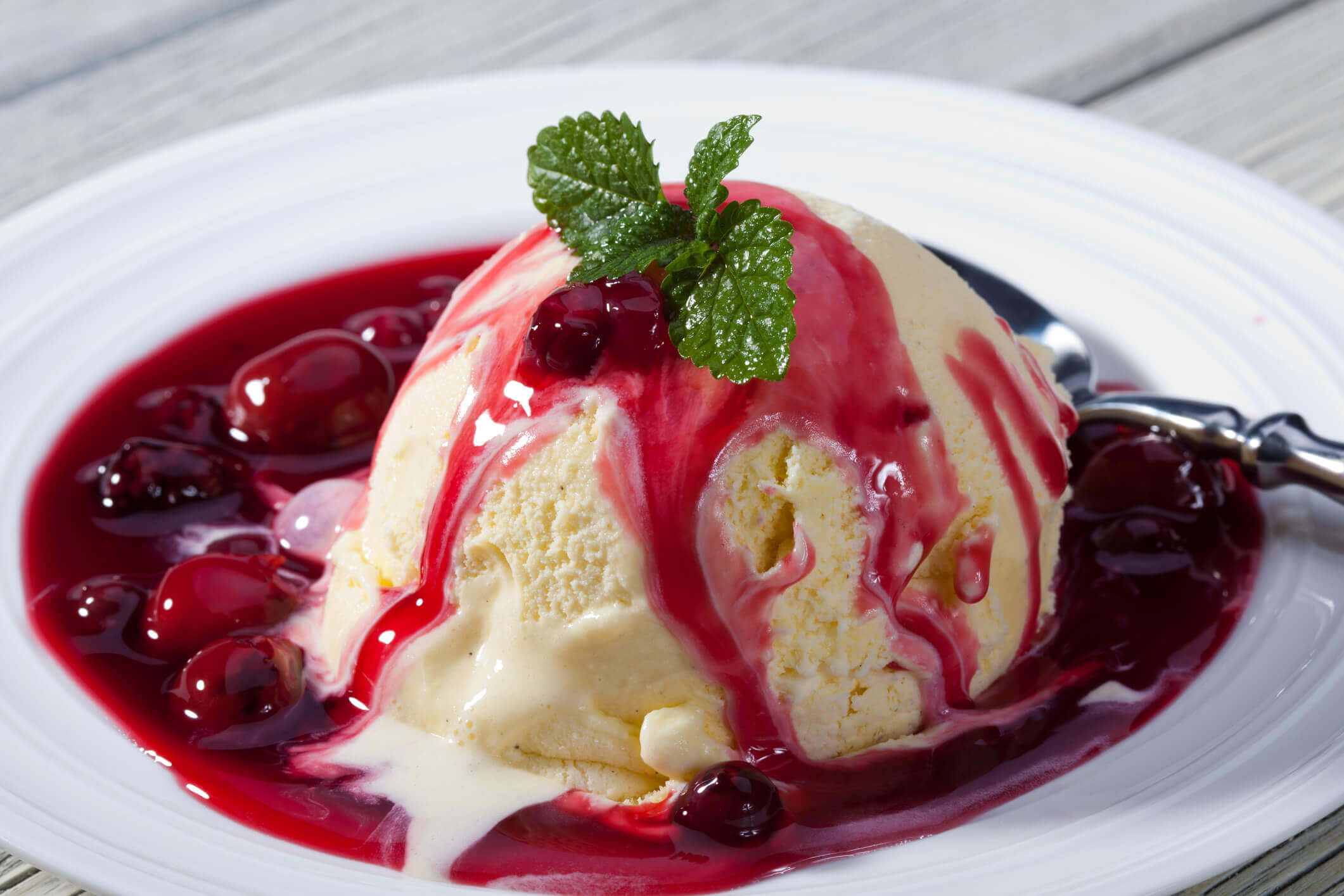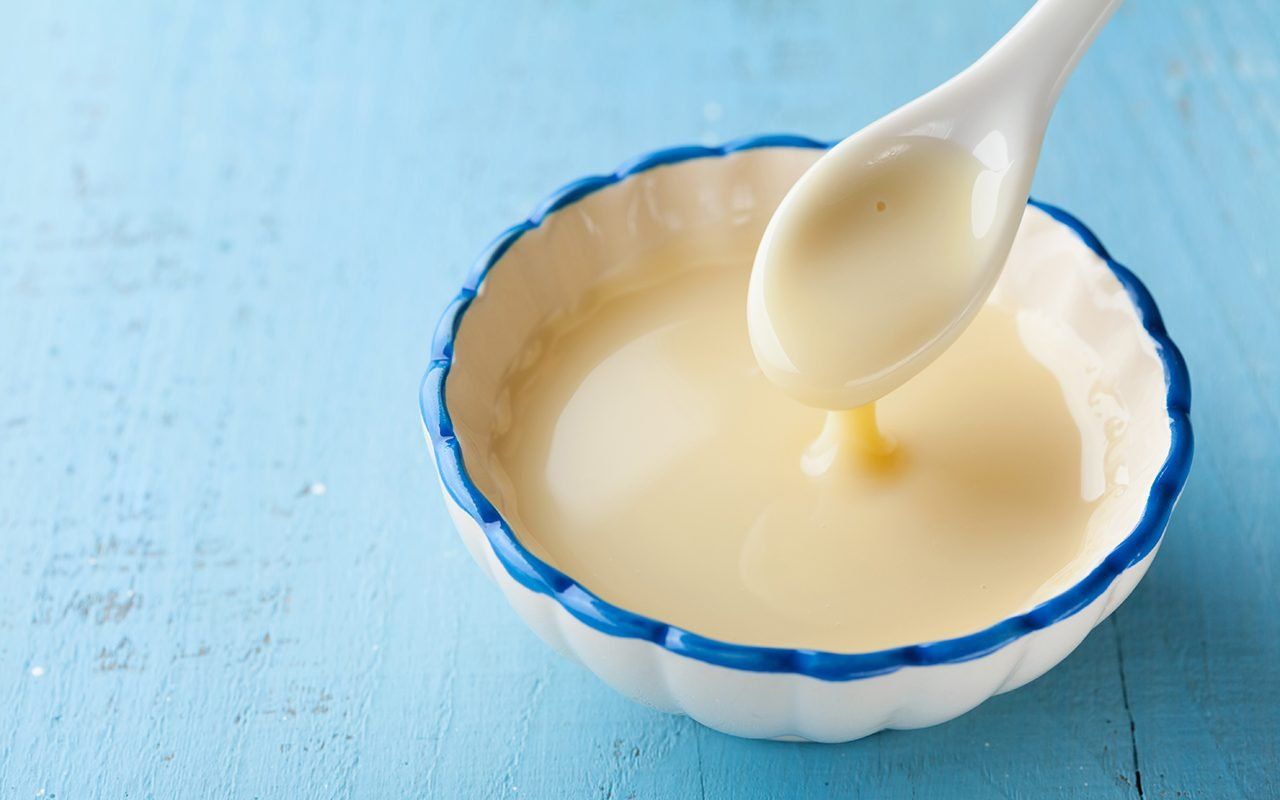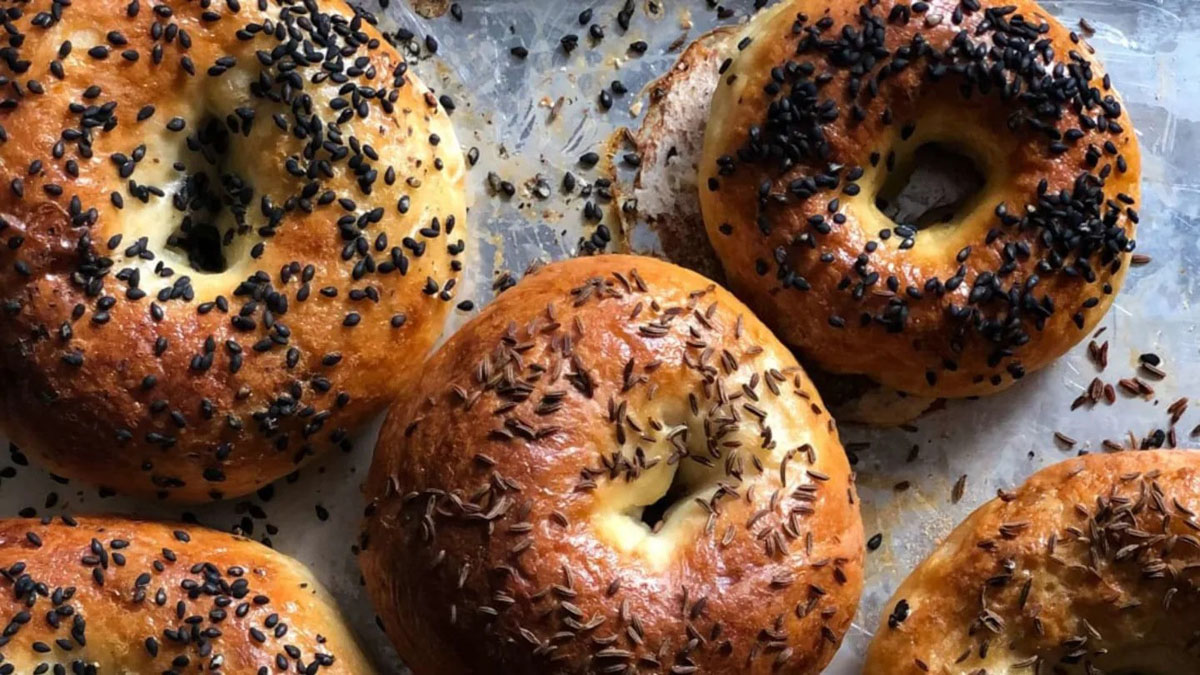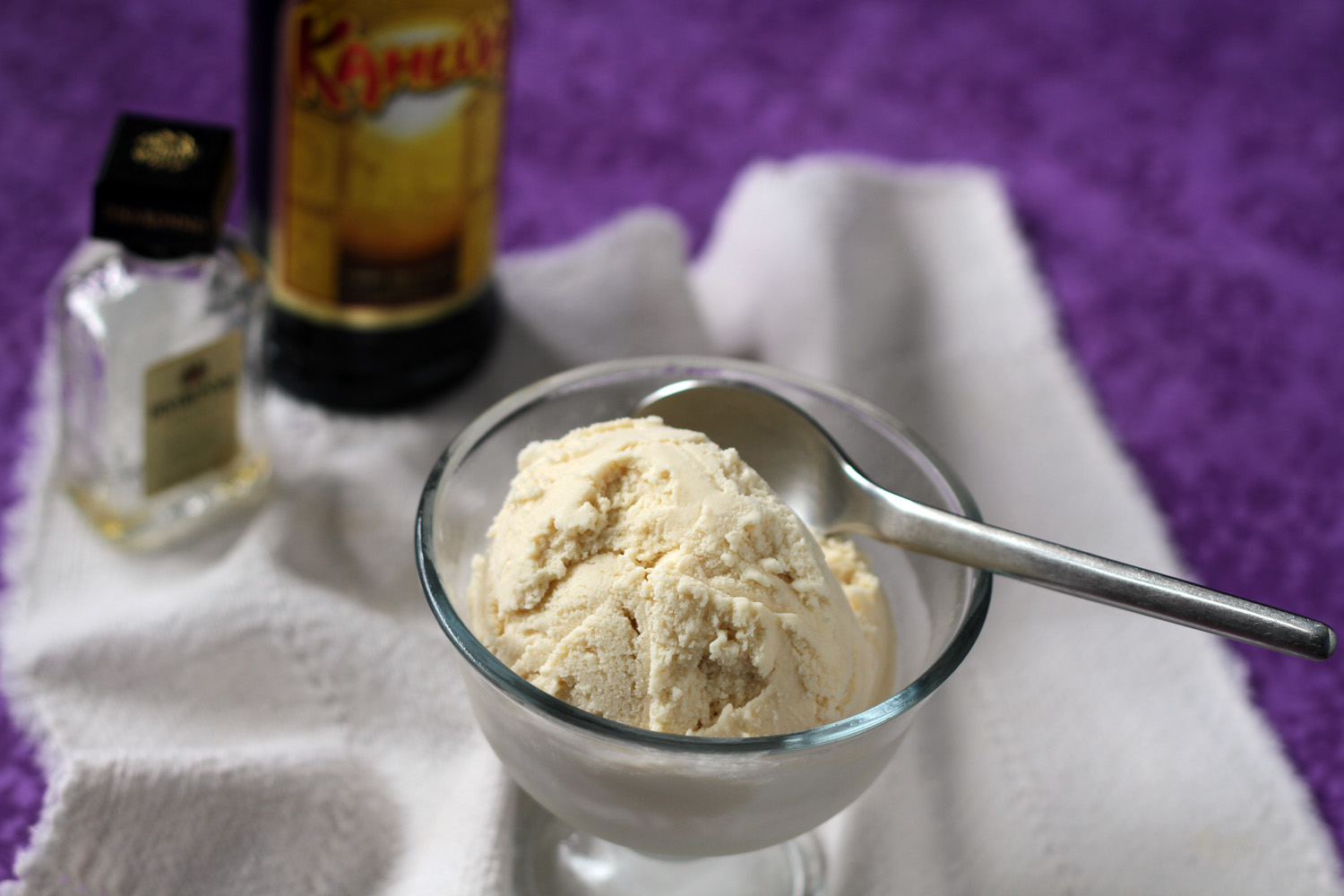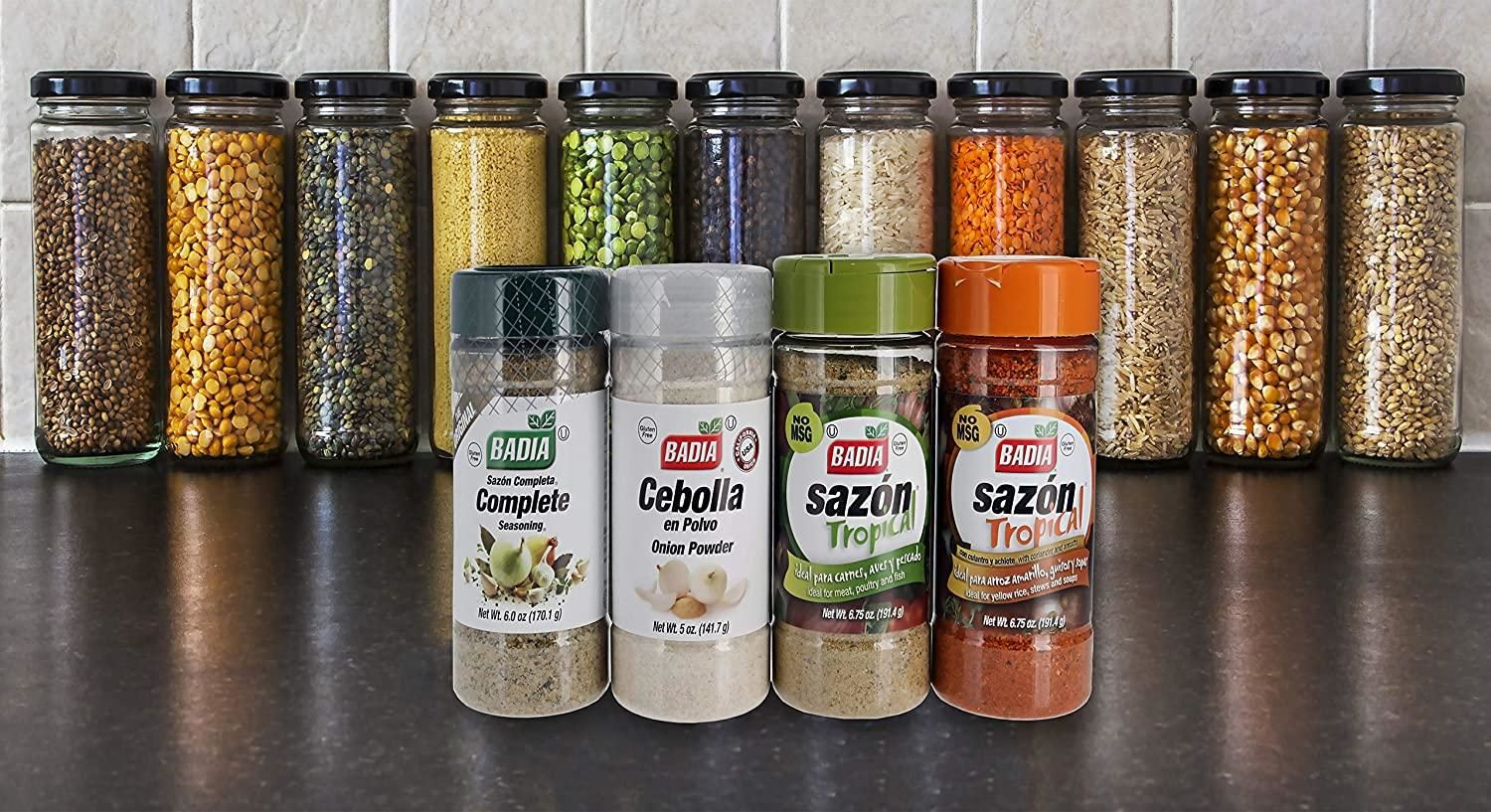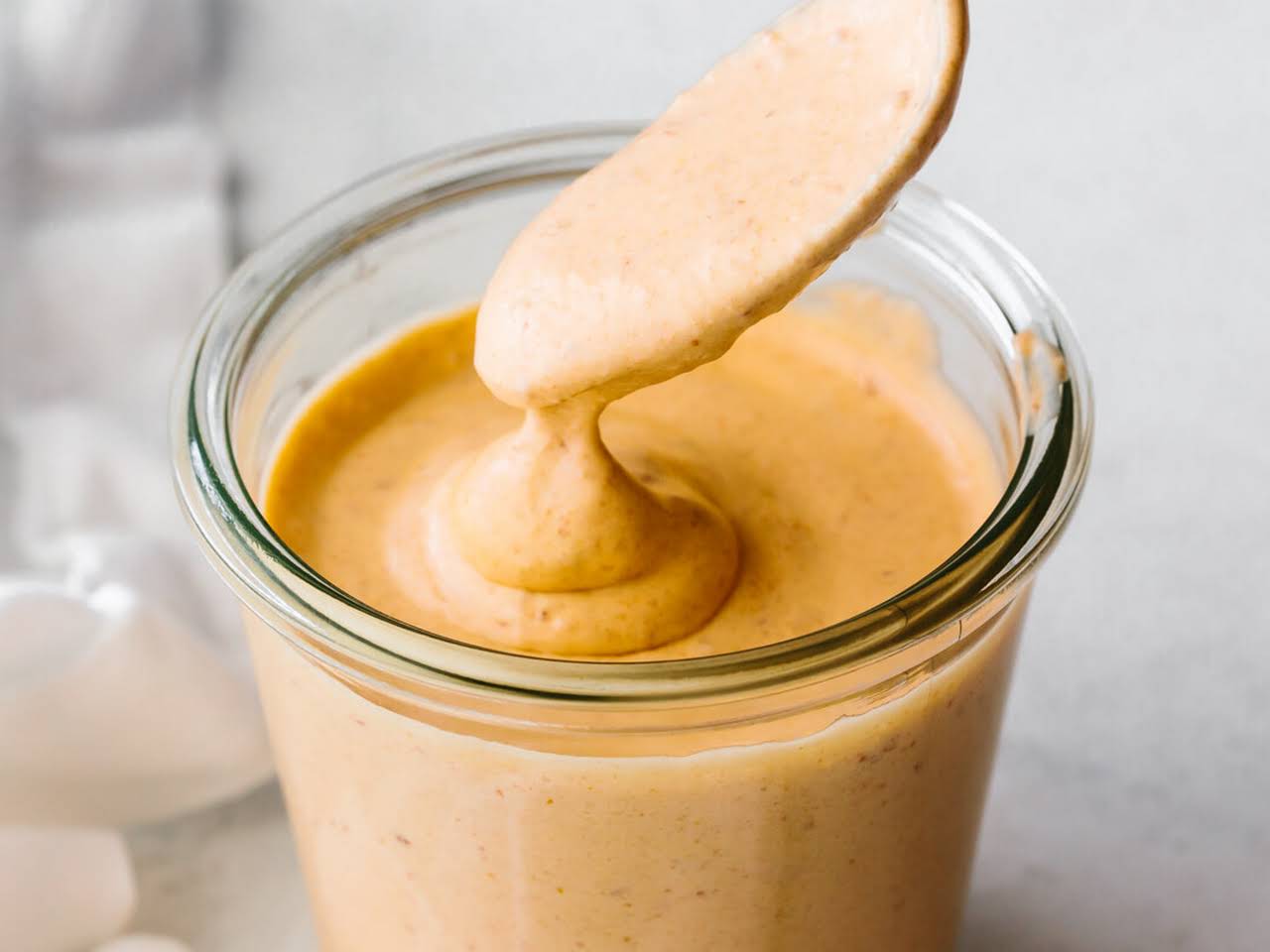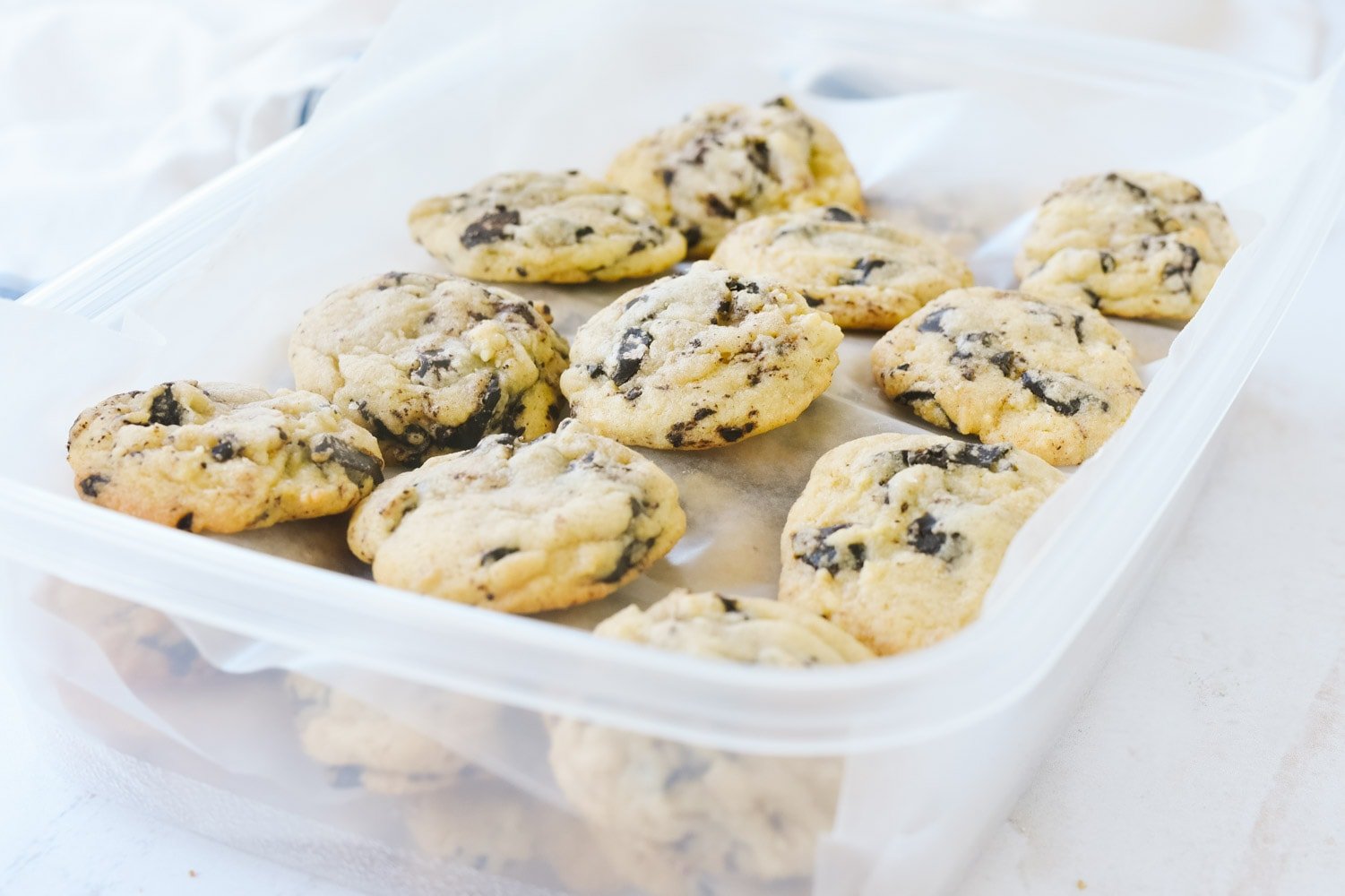Understanding Buttermilk: A Delicious and Versatile Ingredient
Buttermilk is a versatile ingredient that has been used in cooking and baking for centuries. Despite its name, buttermilk is not actually made from butter. Instead, it is a tangy, acidic dairy product that is a byproduct of churning butter.
So, what exactly is buttermilk and how is it used in cooking and baking? Let’s delve into the world of buttermilk and explore its many uses and benefits.
What is Buttermilk?
Buttermilk is a fermented dairy product that is traditionally made by the liquid that is left behind after churning butter from cream. This liquid is then fermented, resulting in the tangy and slightly acidic flavor that buttermilk is known for.
There are two main types of buttermilk:
- Traditional Buttermilk: This type of buttermilk is the liquid that remains after churning butter from cultured cream. It is thick and tangy, with a slightly creamy texture.
- Cultured Buttermilk: This is the most common type of buttermilk found in grocery stores today. It is made by adding lactic acid bacteria to low-fat or non-fat milk, which ferments the milk and gives it a tangy flavor.
Uses of Buttermilk in Cooking and Baking
Buttermilk is a versatile ingredient that can be used in a variety of dishes, both savory and sweet. Here are some common uses of buttermilk:
- Baking: Buttermilk is often used in baking to add moisture, tenderness, and a subtle tangy flavor to cakes, muffins, and biscuits.
- Marinades: Buttermilk can be used as a marinade for meats, as the acidity helps to tenderize the meat and infuse it with flavor.
- Salad Dressings: Buttermilk is a key ingredient in creamy salad dressings, adding a tangy and rich flavor to the dressing.
- Pancakes and Waffles: Buttermilk is a popular ingredient in pancake and waffle recipes, adding a light and fluffy texture to the batter.
Health Benefits of Buttermilk
Buttermilk is not only delicious, but it also offers several health benefits:
- Probiotics: Cultured buttermilk contains probiotics, which are beneficial bacteria that support a healthy gut microbiome.
- Calcium: Buttermilk is a good source of calcium, which is essential for strong bones and teeth.
- Low in Fat: Low-fat or non-fat buttermilk is a good option for those looking to reduce their fat intake while still enjoying dairy products.
Conclusion
Buttermilk is a versatile and nutritious ingredient that adds a unique flavor and texture to a wide range of dishes. Whether you’re baking a batch of fluffy pancakes or marinating a tender piece of chicken, buttermilk is a valuable addition to any kitchen. So, the next time you come across a recipe that calls for buttermilk, don’t hesitate to give it a try and experience the delicious and tangy goodness that buttermilk has to offer.
Was this page helpful?
Read Next: What Is The Consistency Of Cookie Dough?

